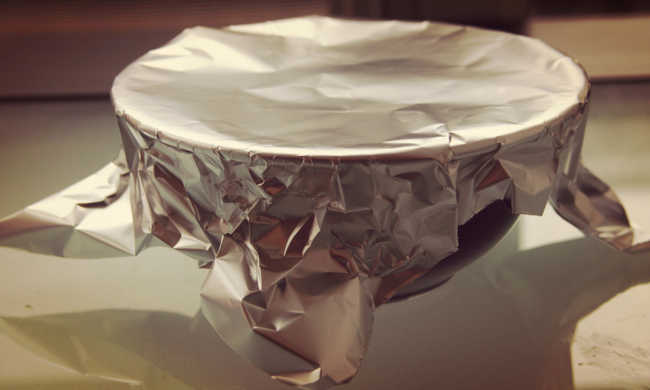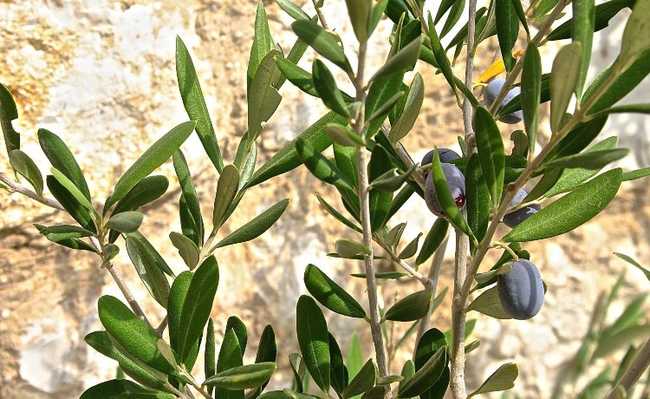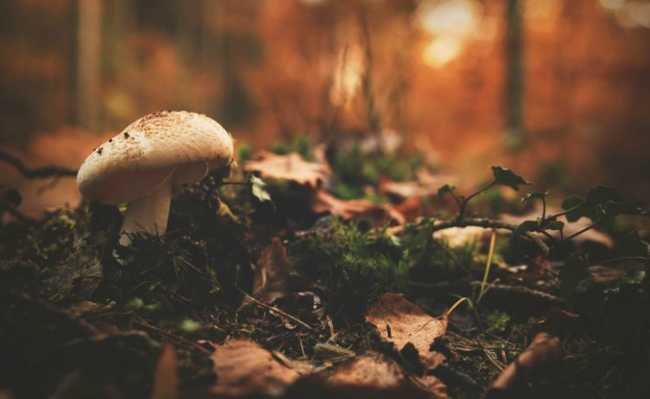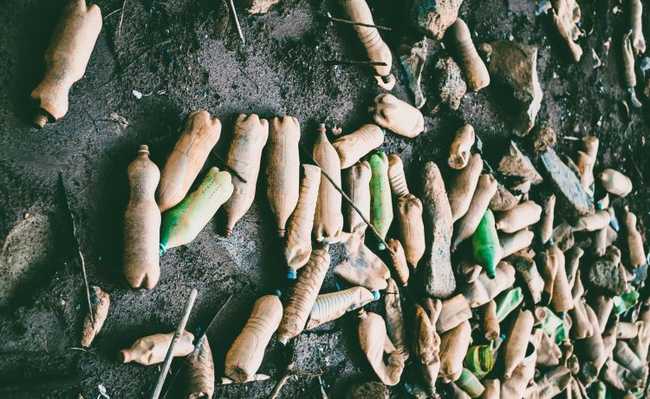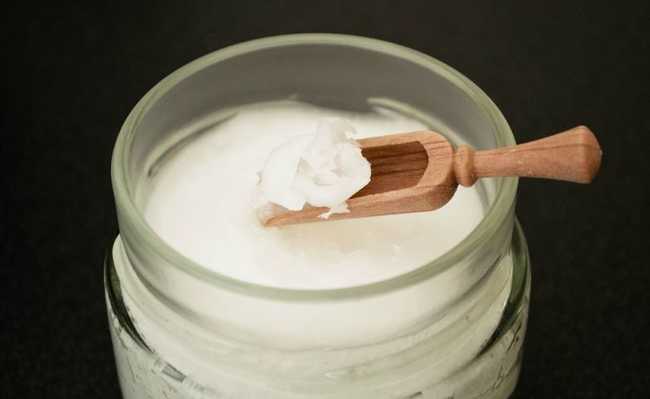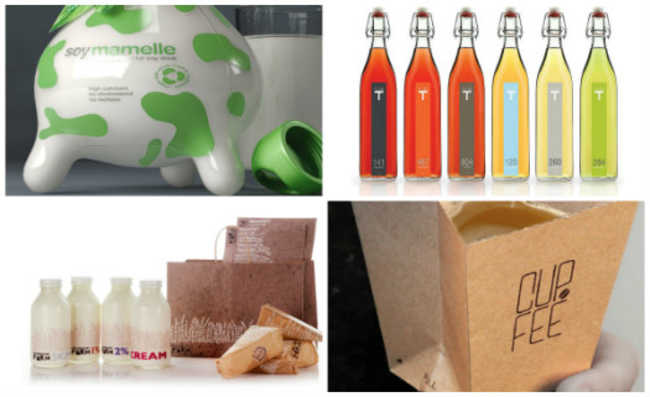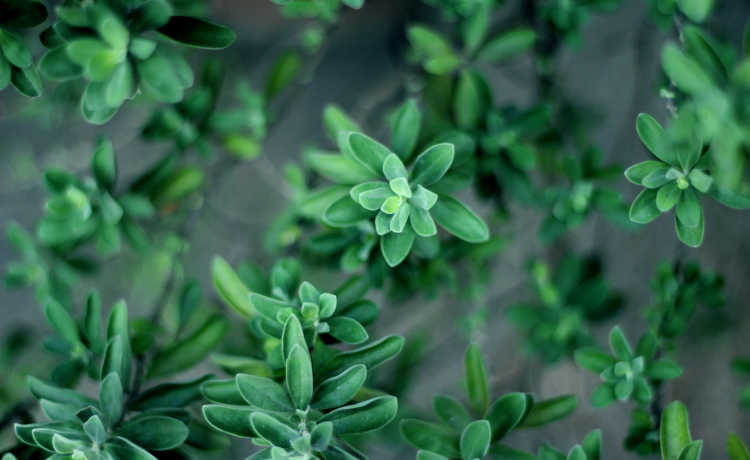Glitter is unsustainable: understand and learn about alternatives
Did you know that glitter is a microplastic? It can be harmful to the environment.
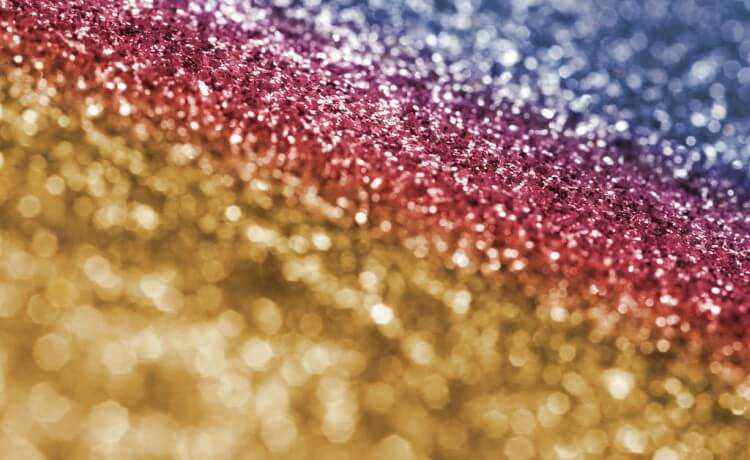
Edited and resized image from Creativity103 is available on Flickr and licensed under CC BY 2.0
Glitter is part of many people's daily lives, especially when Carnival arrives: men and women abuse the use of makeup on their faces and bodies and the streets are shiny, full of glitter. Everything is very beautiful! But we also find year-round glitter, even on toys, like glittery plush unicorns and handicraft school supplies... But, thinking about environmental issues, is glitter really that wonderful?
Glitter is formed by pieces of copolymer plastics, aluminum foil, titanium dioxides, iron oxides, bismuth oxychlorides or other materials painted in metallic, neon colors and iridescent colors to reflect light in a sparkling spectrum. None of this can be recycled and since there are so many chemicals involved, the decomposition time is long. Glitter is classified as a microplastic because of its size, which ranges from 1 millimeter (mm) to 5 mm.
But if glitter is so small why is it so harmful?
Microplastics, as the name demonstrates, are small spheres or pieces of plastic. They reach the sea in the form of plastic bottles, fishing nets and various other plastic objects that end up mechanically degrading due to rain, wind and sea waves. From there, small pieces break off and do a lot of damage (see more in "Microplastics: one of the main pollutants in the oceans"). Particles that are already produced in a very small size, as in the case of glitter, have the aggravating factor of already arriving in the microplastic format.
These bits of plastic have the ability, in the ocean, to absorb toxic products such as pesticides, heavy metals and other types of persistent organic pollutants (POPs), which makes the damage to the health of biodiversity much greater.
In addition, plastic can often contain bisphenol, an endocrine disruptor capable of causing cancer, miscarriages, infertility, diabetes, polycystic ovary syndrome and a number of other disorders in humans and animals (to learn more about this topic, check out the article " Know the types of bisphenol and their risks").
Plankton and small animals feed on contaminated plastic and, when eaten by larger fish, spread poisoning. The human being also ends up harmed. To get an idea of the scale of the problem, a study showed that there are pieces of microplastics in sea salt around the world. Scientists were also shocked by the amount of this residue in the Great Lakes region of the US - and research has revealed that synthetic fiber washes release microplastics.
Glitter is yet another aggravating factor for microplastic pollution, which are already present in everything! (To learn more about the extent of contamination by microplastics, check out the article "There are microplastics in salt, food, air and water".)
This is the time we stopped to reflect on whether we really need glitter and how such small everyday things can significantly impact the environment. If you can't live without glitter, be aware that some companies are producing “biodegradable” glitter, but it is necessary to remember that biodegradable materials are only compostable or degradable under certain circumstances, such as if the temperature reaches 50°C (unlikely scenario for the glitter). Another alternative is to produce glitter using natural ingredients.
natural alternatives
A natural alternative to stay glowing is to use mica powder. Mica is a type of rock that includes several closely related minerals. It occurs naturally in Brazil and is non-toxic. After use, it's okay to go back to the environment where it came from.
You can also produce your own glitter at home. It is possible to make ecological glitter with vegetable gelatin, made with seaweed agar. This gelatin does not need to be refrigerated to set and also does not melt at room temperature, as happens with animal gelatin (which is the most common gelatin used for desserts). The recipe takes just a tablespoon of powdered vegetable gelatin and half a cup of ice-cold beet water.
You'll need a water spray, a flat mold, a wide, soft brush, and a food microprocessor or blender. Check out the method of preparation in the article: "Ecological glitter: homemade recipes to shine naturally" - there we also teach how to prepare ecological glitter using salt as a base.
Avoid generating microplastic
So just stop with the glitter and everything is alright? Microplastics don't just exist in glitter. Everything that is plastic will one day be microplastic! And other products such as cosmetics and exfoliants can also contain plastic in a reduced size, already in a microplastic format. So always check the labels. if you find the names polyethylene or polypropylene in your scrub, for example, you already know: it contains microplastic!
Don't be afraid to ban this item from your shopping list as well. There are also other ways to take care of your health and beauty without using glitter and microplastic.
Also avoid plastic bottles, straws, and other superfluous items that can degrade into microplastics in the ocean or harm animals in other ways, such as causing suffocation. And remember: reuse, properly dispose of and send consumed items for recycling. Check which collection points are closest to you.

